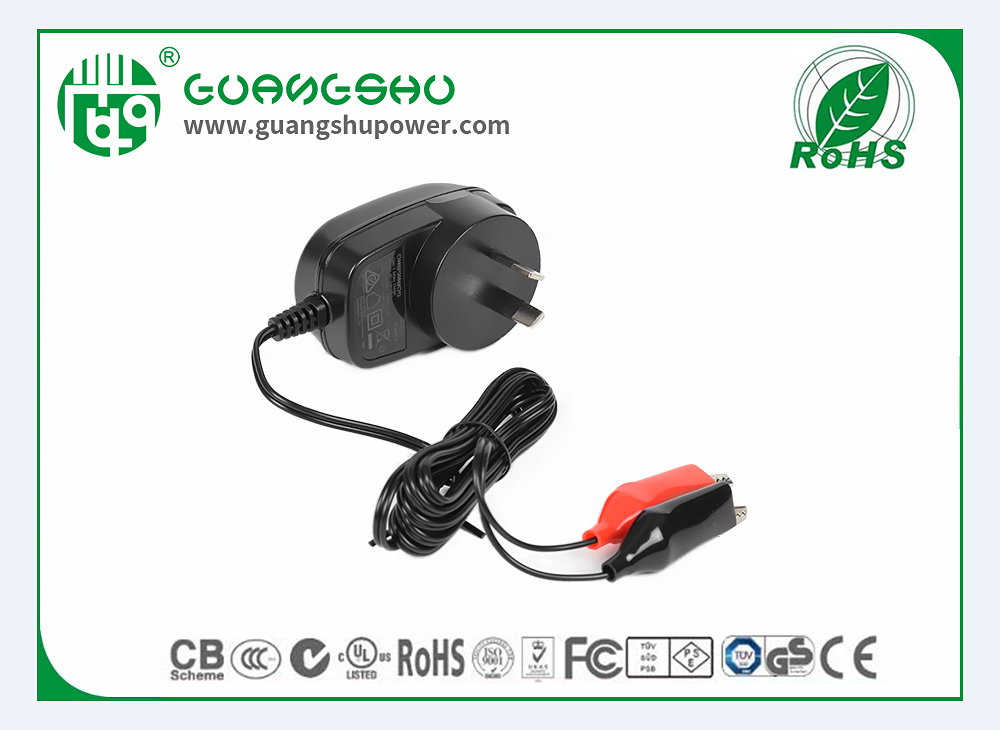Time:2025-06-11 Views:0

Sharing a car charger with a dash cam is a practical solution that maximizes the utilization of the vehicle's power resources while maintaining the functionality of both devices. However, several considerations are essential to ensure seamless operation and avoid potential issues.
First and foremost, compatibility between the car charger and the dash cam is crucial. Dash cams typically require a specific input voltage and current for proper operation. Most modern dash cams operate on a 12V or 24V power supply, which aligns with the standard voltage output of car chargers connected to the vehicle's cigarette lighter or power outlet. However, it's important to check the power requirements of the dash cam, especially regarding the current rating. Some high-resolution dash cams with advanced features like night vision, GPS tracking, and continuous loop recording may demand more current. The car charger must be able to provide sufficient power to meet these requirements without overloading the electrical circuit.
To share the car charger effectively, a multi-port charger is often the best choice. These chargers come with multiple USB ports or other types of connectors, allowing both the dash cam and other devices to be powered simultaneously. When connecting the dash cam to the car charger, ensure that the cable used is of high quality and has proper insulation. A damaged or low-quality cable can lead to power fluctuations, which may cause the dash cam to malfunction, such as sudden shutdowns or data corruption. Additionally, consider the placement of the dash cam and the charger cable. The cable should be routed neatly to avoid obstructing the driver's view or getting caught in moving parts within the vehicle.
Another important aspect is the power management of the shared setup. Some car chargers feature intelligent charging technology that can automatically detect the power requirements of each connected device and allocate the appropriate amount of current. This ensures that the dash cam receives a stable power supply even when other devices are also connected. In case of power interruptions, such as when starting the vehicle's engine, the charger should have built-in protection mechanisms to prevent voltage spikes from damaging the dash cam. For example, chargers with surge protection can safeguard the device from sudden electrical surges, maintaining the integrity of the dash cam's internal components and the recorded data.
Regular maintenance and inspection of the shared charging setup are also necessary. Check the connections between the car charger, dash cam, and the vehicle's power source regularly to ensure they are secure and free from corrosion. Over time, dirt and moisture can accumulate at the connection points, leading to poor electrical conductivity. Cleaning the connectors with a dry, clean cloth can help prevent such issues and ensure the continuous and reliable operation of both the car charger and the dash cam.
Read recommendations: